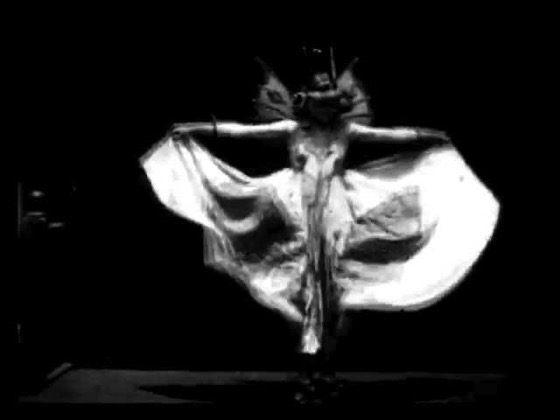You Can Please Some of the People Some of the Time… None of the People All of the Time: A History of the Art of Adaptation in Movies like Dune, The Godfather, Harry Potter and More!
Dr. Rosanne Welch speaks on A History of the Art of Adaptation in Movies like Dune, The Godfather, Harry Potter and More! at the California State University, Fullerton Library
Part of the program series for Dune by Frank Herbert: A 50th Anniversary Celebration.
Watch this entire presentation
Transcript:
Hey, guess what’s in the theaters right now that’s an adaptation? We have the Steve Jobs film which comes originally from the book by Walter Isaacson. Being made into the film now which just opened. Aaron Sorkin is the screenwriter here and Aaron Sorkin fully admits in all interviews “I want you to get the feel of his life, not the facts of his life.” So he made up a bunch of stuff and added it to the movie because he thought it made a more interesting scene. It doesn’t even come from the book. It’s things he imagined maybe Jobs might have done when he was visiting with friends or having a private conversation with this daughter. And Sorkin fully admits that he was interested in studying the relationship between the father and the daughter because in his own life he has a dysfunctional relationship with his daughter and so in a couple of interviews I heard recently on NPR he came out and said, “I really just wrote a movie about me and my daughter and I threw Steve Jobs name on it.” That’s how far from the book he has taken that particular story.
About this talk
Dr. Rosanne Welch (RTVF) speaks on the craft of history of film adaptations from the controversy of the silent film Birth of a Nation (protested by the National Association for the Advancement of Colored People in 1915) to Breakfast at Tiffany’s (to which author Truman Capote famously said, “The only thing left from the book is the title”) to The Godfather . Naturally, the behemoth in adaptation – Harry Potter (which depended on the relationship created by adapter Steve Kloves and author J.K. Rowling) will be discussed, as will the subject of this month’s celebration: Dune.
Date: Wednesday, October 14, 2015 Time: 1:00pm – 2:00pm
About Dr. Rosanne Welch
Dr. Rosanne Welch is a professor in the Low Residency MFA in Screenwriting Program from Stephens College, California State University, Fullerton, Mount San Antonio Community College and Cal Poly Pomona. In 2007, she graduated with her Ph.D. in 20th Century U.S./Film History from Claremont Graduate University. She graduated with her M.A. in 20th Century United States History from California State University, Northridge in 2004.
Welch is also a television writer/producer with credits for Beverly Hills 90210 , CBS’s Emmy winning Picket Fences and Touched By An Angel . She also writes and hosts her own podcasts on 3rdPass.media, her first one titled “Mindful(I) Media with Dr. Rosanne Welch.”
Her upcoming book, “Why The Monkees Matter: Teenagers, Television and American Pop Culture” will be published in Fall 2016
Three Ring Circus: How Real Couples Balance Marriage, Work and Kids and The Encyclopedia of Women in Aviation and Space are two books she has written. Los Angeles Times and the Journal of Screenwriting hold some of her published articles.
Dr. Rosanne Welch Web Site and Blog
Podcast: Play in new window | Download
Subscribe: RSS
![A Movie Not Really About Steve Jobs from A History of the Art of Adaptation [Video] (0:57)](https://rosannewelch.com/wp-content/uploads/2017/04/adapt-45-steve-jobs.jpeg)

![More Percy Jackson from A History of the Art of Adaptation [Video] (0:25)](https://rosannewelch.com/wp-content/uploads/2017/04/adapt-44-more-percy-jackson.jpeg)





![Adapting Percy Jackson from A History of the Art of Adaptation [Video] (0:54)](https://rosannewelch.com/wp-content/uploads/2017/03/adapt-43-percy-jackson.jpeg)

![Harry Potter and What To Leave Out from A History of the Art of Adaptation [Video] (1:02)](https://rosannewelch.com/wp-content/uploads/2017/03/adapt-42-harry-potter-leave-out.jpeg)

![Harry Potter and Theme from A History of the Art of Adaptation [Video] (0:55)](https://rosannewelch.com/wp-content/uploads/2017/03/adapt-41-harry-potter-theme.jpeg)